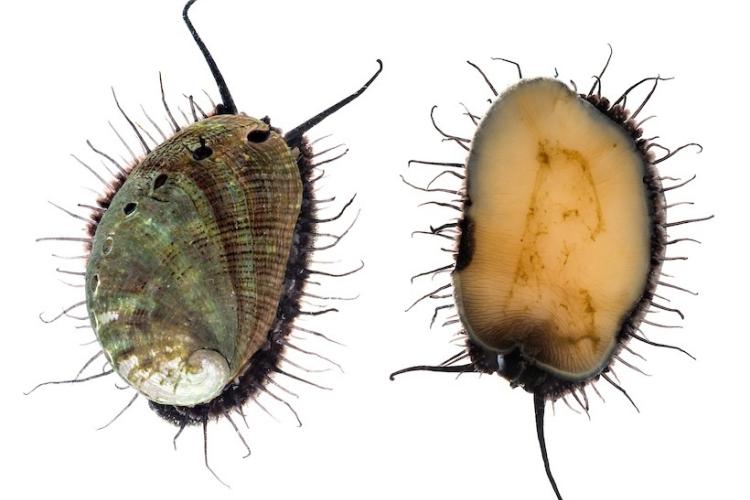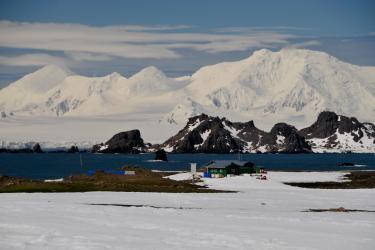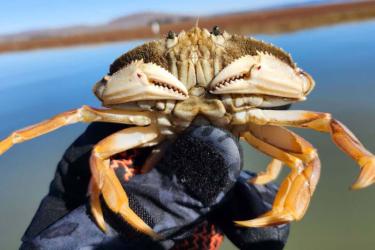The Genetics, Physiology, and Aquaculture Program conducts research across multiple focal areas and species including groundfish, coastal pelagic species, highly migratory species, and occasionally shellfish. It includes researchers with expertise in the genetics, physiology, and culture of marine organisms. Our program serves the public and contributes information to the National Marine Fisheries Service’s West Coast Regional Office, the Pacific Fisheries Management Council, the scientific community, and industry including commercial farmers.
The overarching theme of our research is to use both genetic and physiological tools to provide improved data products for use by managers and industry. These data products are used in two separate but intertwined applications:
- Adding to information used by management for wild stocks by enhancing traditional metrics of stock structure, improving the understanding of life history information, and evaluating physiological performance in respect to changes in environmental parameters
- Assisting the marine aquaculture industry and captive-breeding programs for restoration efforts by identifying best practices in regard to broodstock selection, husbandry practices, and genetic management
Geographically, our program focuses primarily on commercially and recreationally fished species from the Eastern North Pacific Ocean, particularly from the California Current Large Marine Ecosystem, which extends along the west coast of North America from the northern end of Vancouver Island, British Columbia, Canada, to Punta Eugenia, Baja California Sur, Mexico. However, the study of highly-migratory and broad-ranging species, as well as the worldwide application and development of aquaculture, provides us with research objectives and opportunities that have global reach.
Our program also maintains a state-of-the-art flow-through experimental aquarium facility that is used in support of aquaculture and fisheries research. Species held in the Aquarium at any given time vary with research objectives and priorities.


